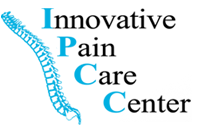Pain Management Doctors in Las Vegas, NV.
-
Call for help: (702) 684-7246
-
Innovative Pain Care Center strives to be the premier practice in the treatment of chronic pain in Southern Nevada. We change lives daily.
Pain Management Doctors in Las Vegas, NV.
Call for help: (702) 684-7246
Our dedicated and compassionate staff partner with our patients to relieve pain and improve function quickly, safely and effectively.
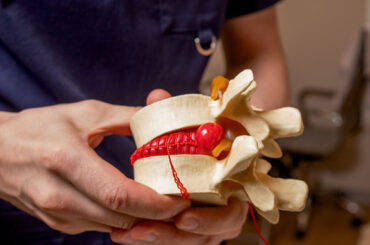


Facet joint pain and spinal arthritis involve inflammation of the joints…
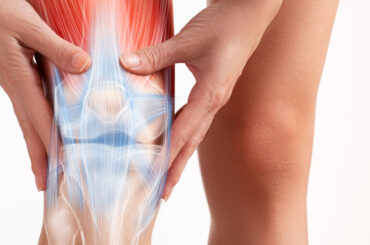
Knee pain can be a debilitating condition, often stemming from injuries…
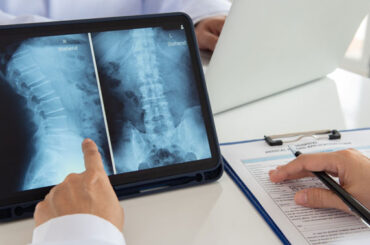
Managing Failed Back Surgery Syndrome (FBSS) usually involves the use of…

The neck and back are remarkable yet delicate structures comprised of…

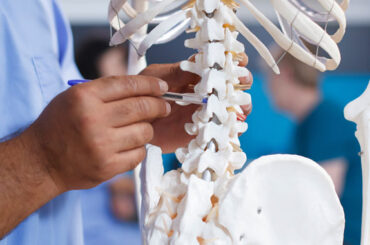
Sciatica encompasses lower back, buttock, and lower extremity pain resulting from…


Following a surgical procedure, in some unfortunate circumstances, a patient may…



Ice hockey garners widespread popularity in the United States, attracting both…


Pickleball, a rapidly growing recreational sport blending elements of tennis, ping…

Complex regional pain syndrome (CRPS) entails persistent and severe pain that…
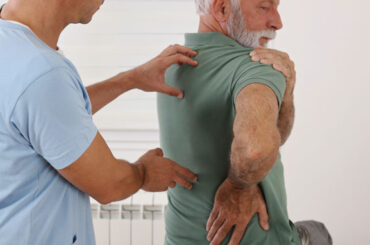
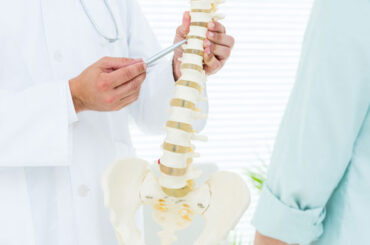
We often encounter disorders in the patient’s spine including scoliosis, spondylosis…

The intervertebral discs serve as “cushions” that are positioned between each…
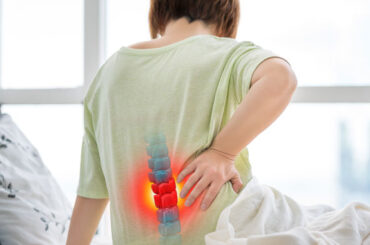
Degenerative disc disease refers to changes in spinal discs associated with…
